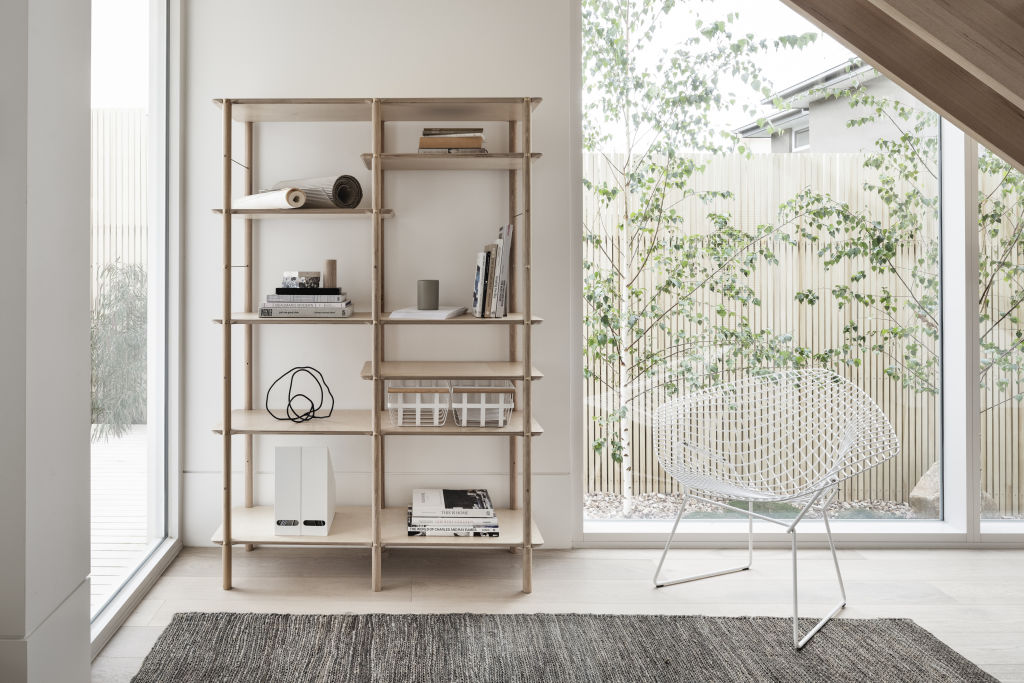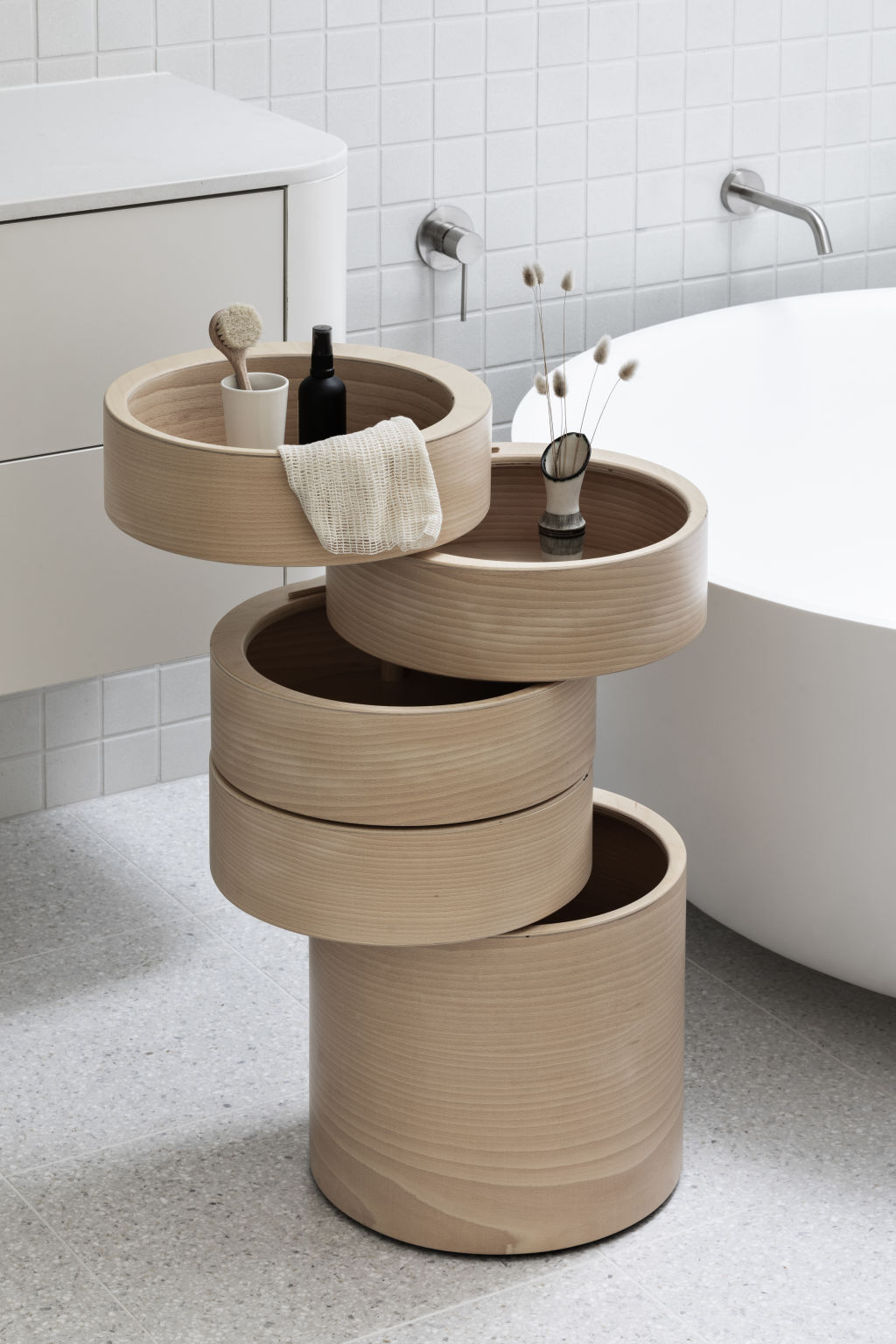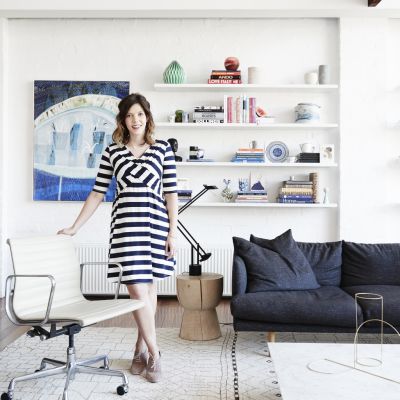'Less is more': The trend making homes a place to escape

Throughout the height of the pandemic, our homes evolved into refuges and safe spaces that we could retreat to, places of calm away from the storm of the outside world.
This sentiment flowed on into interior design, where creating a sense of peacefulness, simplicity and tranquillity within the four walls where we spent so much time became critical, says Elise Heslop, director of Plyroom.
“Prior to the pandemic, our busy lives and the pursuit of more [notably in Western society], led us to a desire to create tranquillity and simplicity where it matters most – in our homes. During lockdowns, this was perhaps even more important, and now, as the busyness quietly creeps back into our daily lives, many of us are looking to hold on to that notion of home as a sanctuary.”

One design style that epitomises these elements, and has recently seen a huge rise in popularity as a result, is Japandi – a hybrid of traditional, clean-lined and sleek Japanese style (wabi-sabi) and comfy, modern Scandinavian design (hygge).
“It’s a beautifully calm look with lots of neutral tones, natural textures and is about ‘less is more’,” says stylist Fiona Gould.
Simplicity is another element of Japandi that has seen the design style rise in popularity believes Aimme Tarulli, interior stylist from Archer Interiors.
“Japandi is gaining popularity due to our local love of minimalist architecture,” she says. “We want the building to shine, not take away from the structure’s integrity. Japandi allows the focus to highlight hard finishes, fittings and materiality.”
Another benefit is that bringing Japandi into your home doesn’t mean you need to start again, nor does the process need to be too complex.
Try to work with what you’ve got
“It’s important to appreciate what you already have rather than replace items with new and pristine substitutes that have no meaning, so displaying characterful items certainly resonates with the Japandi style. It’s about promoting a place of warmth and reassuring contentment,” Heslop says.
Begin with a clean slate
Because Japandi requires a particularly restrained approach, Tarulli suggests clearing a space and starting afresh – only putting back in the minimum pieces.
“Then add to this with tonal accessories keeping the look warm and cosy,” she says.
Accessorise with natural, raw elements
The experts recommend you utilise one or two key items to create a warm and layered look.
Think handmade clay accessories, subtly textured throws and cushions, rattan, linen, hemp, delicate details like a paper pendant or even a classic Japanese piece like a shoji screen, Gould says.
“Introduce natural materials and textures like timber wall panelling, timber furniture like a rustic timber stool next to a modern sofa,” she says.
“Browns are now as popular as ever, and this palette is the foundation of most Japandi looks.”
Imperfection is perfect
“[It] hinges on natural materials, tranquillity derived from simplicity, and the beauty and comfort of imperfection,” Heslop says.
So, embrace nature’s imperfections when choosing accessories or pieces for your home and don’t be afraid of wrinkled linen sheets or a leaning stack of books; it is a part of Japandi’s beauty.
Choose the right colours
Keeping the colour scheme tonal is in keeping with the Japandi look, Gould says. “A neutral palette with small details of black or dark brown.”
Keep it simple
“Remember less is more, so adopt a minimalist approach and add touches of raw elements to channel the modern Japanese interior design style,” Tarulli says.
We recommend
We thought you might like
States
Capital Cities
Capital Cities - Rentals
Popular Areas
Allhomes
More










